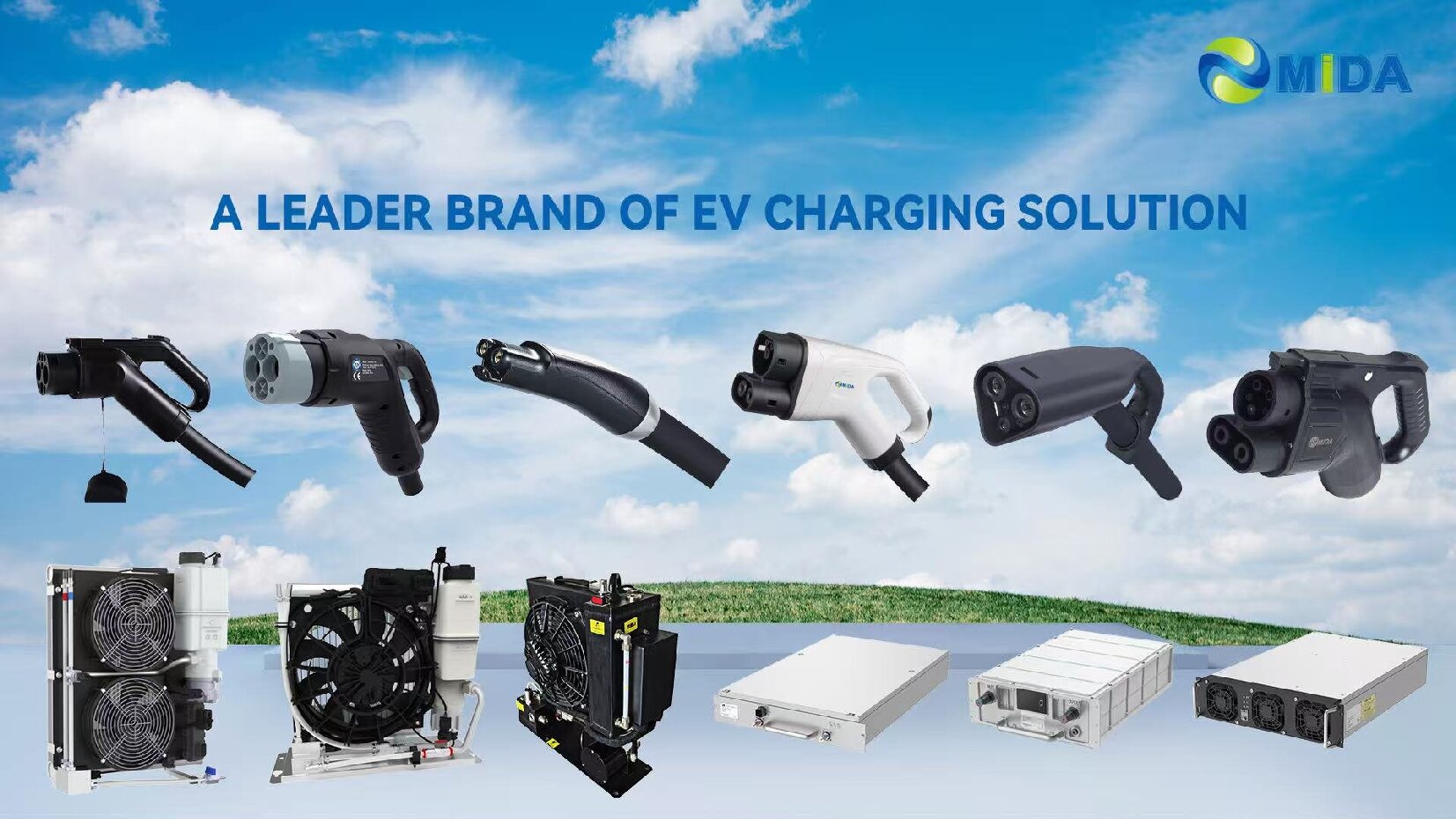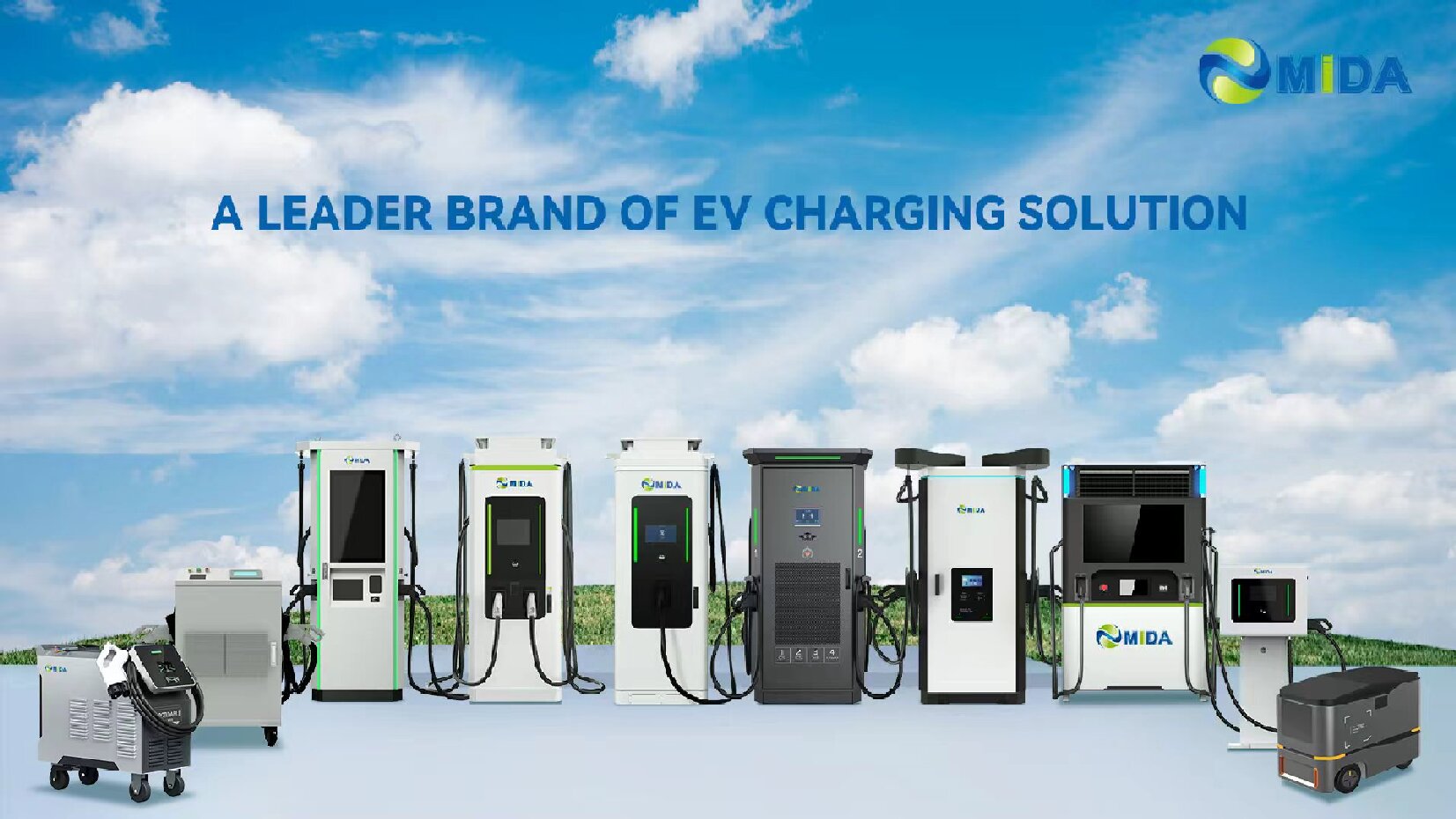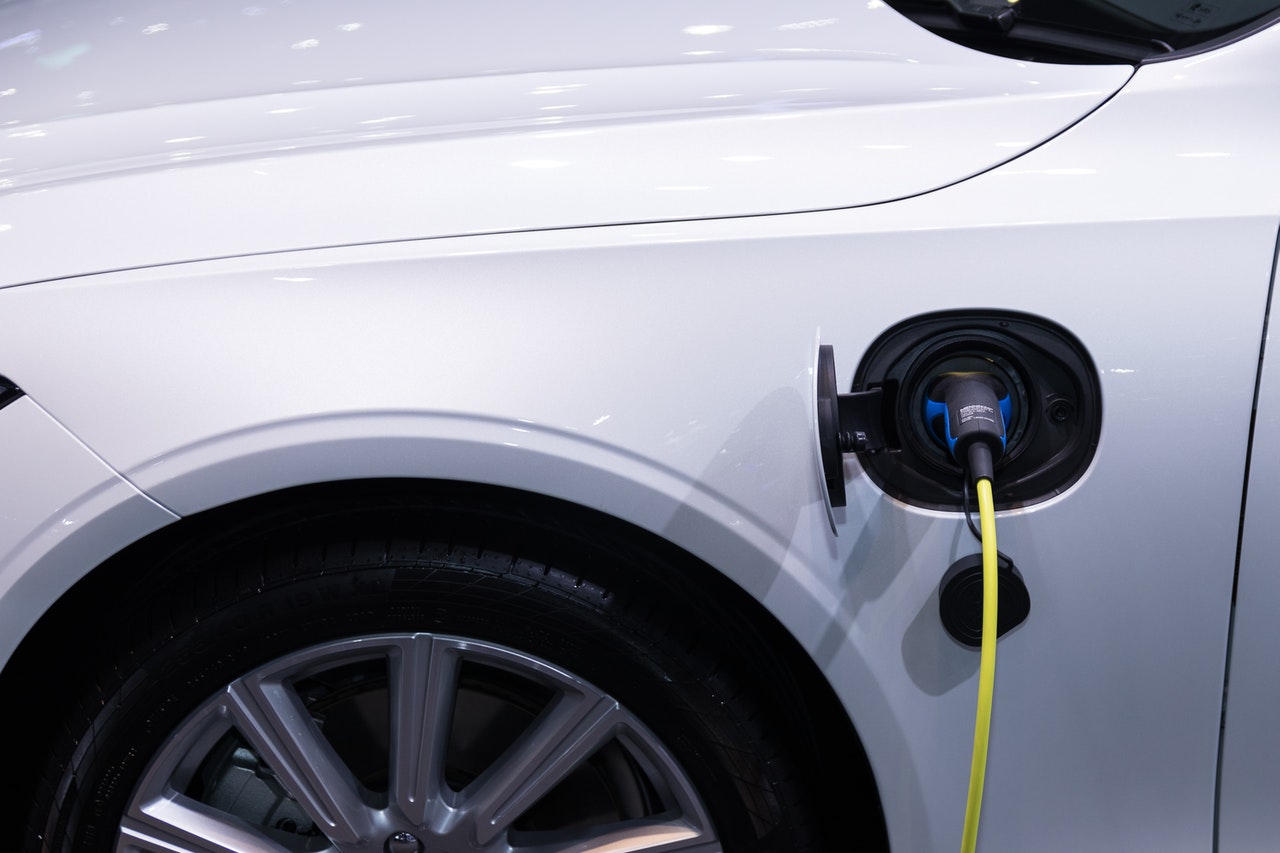To decrease the carbon footprint to creating a better environment government around the world are encouraging people to buy electronic vehicles (EV). Subsidies are being offered to the buyers by the governments. Popular car and other vehicle companies are also launching electronic vehicles. But for many who are considering buying an electronic vehicle or already bought one, a question often that is asked or plagues are at an EV charging station which charging should one use AC or DC. Also, another question that remains is to decide when to use AC and DC charging. Before we delve into these two important questions let’s have a brief discussion between AC and DC electricity and how the charging differs between them.
What Is The Difference Between AC and DC Charging?
The word AC is an acronym for Alternating Current while DC stands for Direct Current. Some basic differences between AC and DC charging:
AC Charging:
1. For electronic vehicles, it is used for charging at different speeds.
2. It is available on the power grid
3. Transmitted economically across long distances
4. The car converts AC to DC.
Any portable electronic devices, be it an electronic car or a mobile phone the electricity is required to be converted from AC to DC. For electronic cars, the conversion takes place inside the car with the converter that is within it.
DC Charging:
1. Electric vehicles get charged faster when DC is used
2. It is constant
3. Electronic device’s portable batteries store it in DC.
For DC chargers the converters are inside the chargers hence the conversion is done in the charger before it enters the car. As a result, DC chargers are generally larger. Also, because the conversion happens before it enters the car the power enters the car battery directly, bypassing the converter. This allows the car to get charged faster than a car charged with AC.
Since AC is an everyday used source of electricity, when one needs to install a DC it involves hefty price. DC needs a lot of power from the grid and the tariff for it is also high. As a result, there is an increased cost of production, installation, and operation. But because it allows faster charging it is often used in Electric Vehicle charging station in the public. Also, since DC is constant, the charging time is not determined by the output power of the charging point or the capability of the converter in the car to convert AC to DC power.
Based on these differences one can consider which power supply to choose for charging an EV. However, if you are still having a dilemma in deciding it, the next section can clear your idea a bit further.
When To Use AC and DC Charging?
Let’s run a couple of real-life scenarios, in one instance you have gone to a shopping centre with your EV and plan to watch a movie and then have dinner. Your electric car’s charger is a bit on the lower side. So, which PowerPoint should you use an AC or DC charging point? At the electronic car charging points look for AC charging points. Watching a movie, then shopping and having dinner would require you to spend a minimum between 5 to 8 hours in the shopping mall. You can put your car on a slow charging with AC and spend your time without any worry. It will take 4 hours to charge 70% of your car if it is almost drained of the charge.
On the other hand, if you are on a long drive and your electric vehicle’s charge is low and you need to recharge it again look for an EV charging station that has a DC charging point. A DC charger can charger an EV between 80 to 140 kilometres in half an hour. But the figure of time taken to charge can change on many factors as mentioned above. However, the point is DC power will charge your EV much faster than that of AC power.
The decision to use which charging port and when should be determined by how quickly you want it to be recharged and the distance you are travelling. Usually, for long-distance tours, DC charge is used but for any other situation, people prefer to use AC charging. Also, another tip is always better to use AC charging at home in the night, before you start your next trip. AC charging is also good for your car because the interconnection with the onboard charger is safe and controlled with the power network and transfer.
So next time when you are facing a confusion of which power to use, whether to use AC or DC charging point at an electronic vehicle charging station in India, consider one important question: Do you have time or not? If you have time put your car on an AC charger. In case you are on a time constraint go for a DC charger.
Post time: Jan-07-2021




